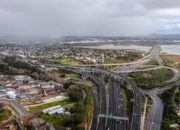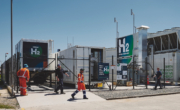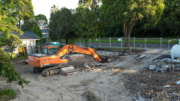Rethinking infrastructure performance: How benchmarking can guide smarter investment
New Zealand’s transport infrastructure is under increasing strain, from aging assets and climate resilience challenges to surging freight demands and limited public funding. With more than $600 million invested annually in road maintenance alone, the question facing infrastructure leaders is clear: Are we investing wisely enough to build the resilient, efficient networks our economy demands?
Continue reading












